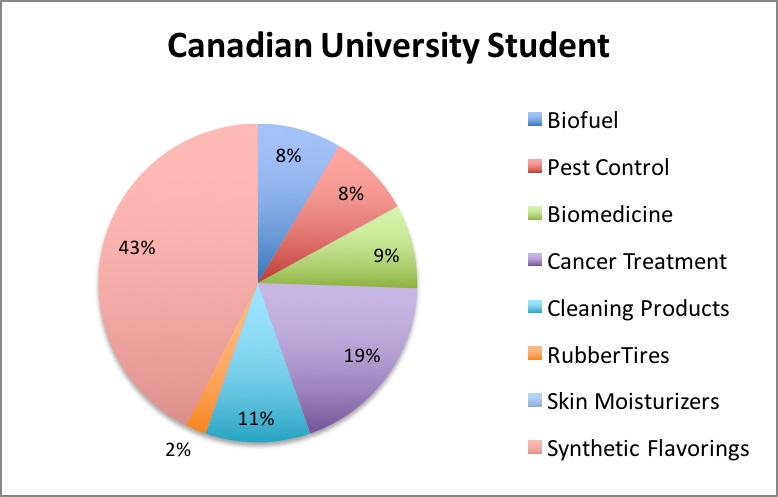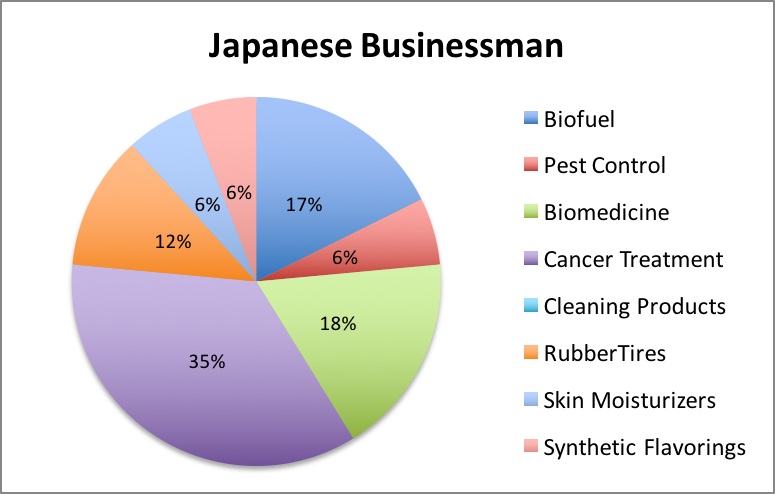Synthetic or real vanilla—which tastes better? Guests at the Joseph Moore Museum’s Building with Biology event had the opportunity to decide for themselves while learning about bioengineered food at the Bio Bistro station. After tasting cookies baked with synthetic or real vanilla, guests voted for their favorite. The Earlham College student leading the station tallied the data, which showed almost equal preference for synthetic and real vanilla. Comments indicated that while the synthetic vanilla was sweeter, the natural vanilla had a fuller flavor.
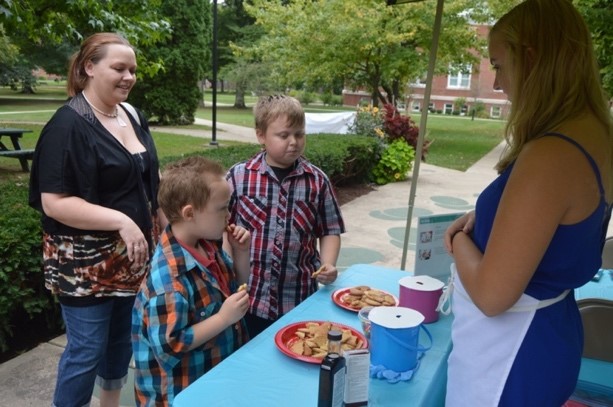
More opportunities to explore and discuss synthetic biology awaited inside the museum. The Joseph Moore Museum of Natural History is a campus and community museum at Earlham College in Richmond, Indiana. As a Building with Biology physical kit recipient, the museum’s student and faculty staff set out to engage the public and scientists in questions of bioengineering and collect data on visitors’ opinions. The first event of the week was a public forum where Earlham College staff, students, and faculty and Richmond community members formed small groups to debate whether to bioengineer the mosquito. After thoughtful and enthusiastic discussion, all the groups reached the conclusion that they would support a bioengineered mosquito in the hopes of reducing malaria deaths in East Africa.
The second event was the Building with Biology Activity Day where over 150 visitors explored stations, including the Bio Bistro, led by student staff workers, and students in Earlham’s Microbiology course. At the Tech Tokens station, visitors gave investment “tokens” to the synthetic technologies they thought were most valuable. To encourage deeper consideration of technologies, visitors also could invest tokens from the perspective of another person (see below for visitor results).
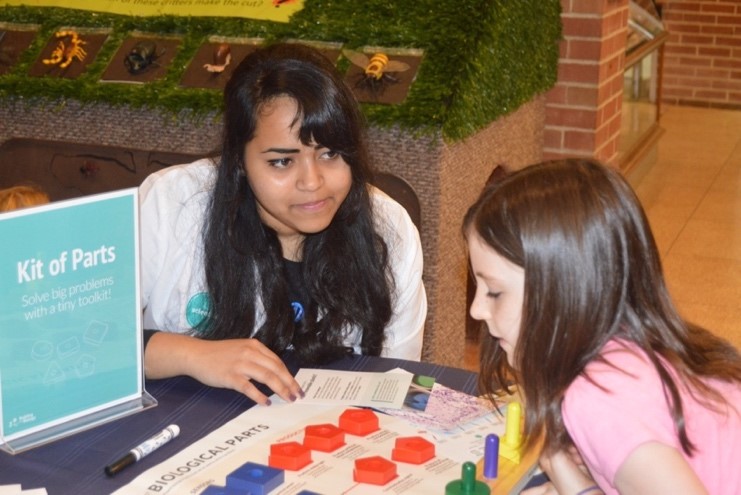
The museum hopes to continue to foster community dialogue around important scientific issues like synthetic biology. Director of Community Engagement at the Museum, Erika Nelson, says she plans to continue using the kits for the free tours and educational programs the museum offers the community. She says, “We already modified some of the content to make them more interactive, and I imagine this creativity will continue to be applied to each new use.”
Building with Biology Activity Day at the Joseph Moore Museum included the Building with Biology Tech Tokens activity. Results from this activity is representative of Joseph Moore Museum's visitors only and are displayed below.
"In this Building with Biology activity, visitors consider the potential advantages and disadvantages of various areas of synthetic biology research, before investing in them with "tech tokens." Then, visitors assume the role of a different character, and consider how that person's synthetic biology priorities and concerns might differ from his or her own. By talking through their decisions, and those of other visitors, players start to see how each person's values determine what technologies are developed and adopted."
Graph 1: Visitors (n=5) provided their personal input on which areas of synthetic biology they feel are priorities for research. Biomedicine and cleaning products ranked highest priority among this visitor group.
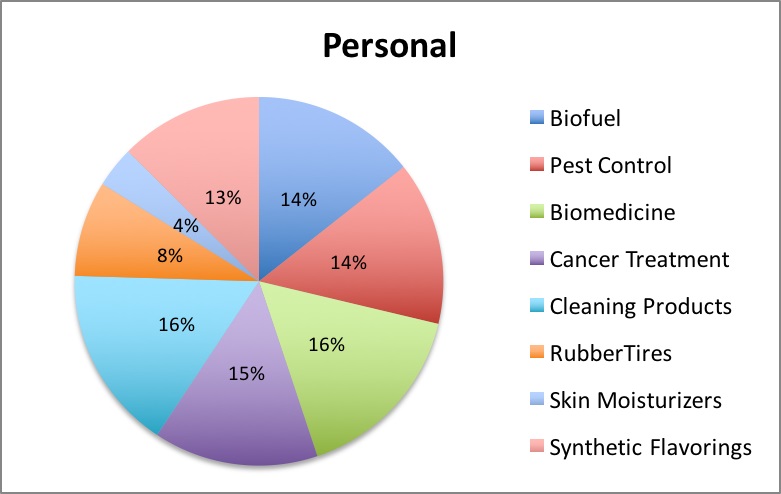
Graphs 2 and 3: Visitors were asked to then assume the role of a different character and rank areas of synthetic biology research they now felt were priorities. For example, visitors tended to think that:
